From the embers
Extraits
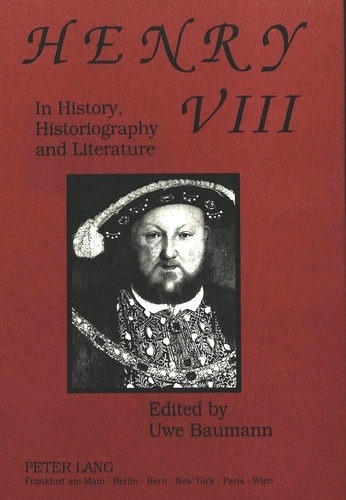
Non classé
Henry VIII in History, Historiography and Literature
01/1993

Beaux arts
Italian Maiolica and Other Early Modern Ceramics in the Courtauld Gallery
03/2023

Non classé
Métissage in New France and Canada 1508 to 1886
08/2009

Anglais apprentissage
Commercially speaking. Workbook
01/1999
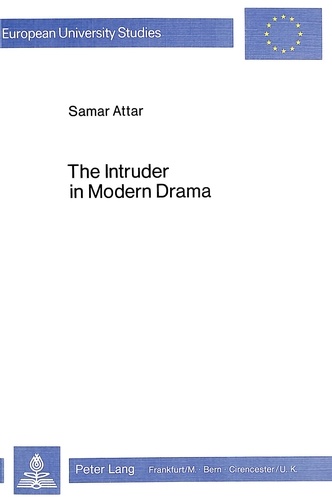
Non classé
The Intruder in Modern Drama
12/1980

Non classé
Labouring Lives
10/2014
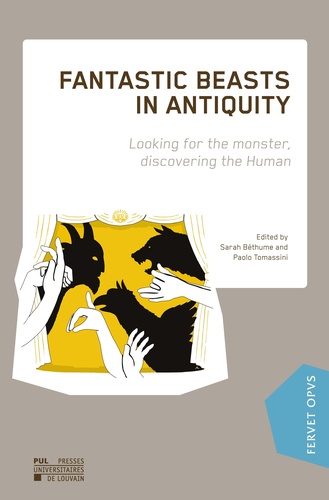
Archéologie
Fantastic Beasts in Antiquity. Looking for the monster, discovering the Human, Textes en français et anglais
02/2021

Histoire internationale
Flavius Josephus, the Zealots and Yavne
01/1994
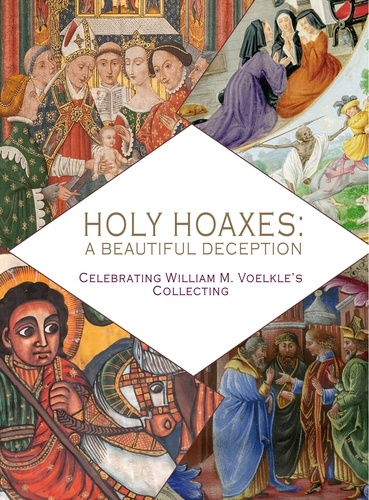
Vitraux, enluminures
Holy Hoaxes. A Beautiful Deception
04/2023
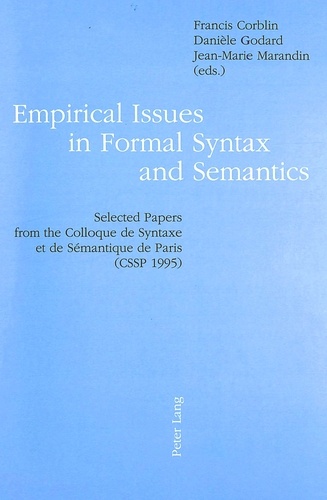
Non classé
Empirical Issues in Formal Syntax and Semantics
10/1997
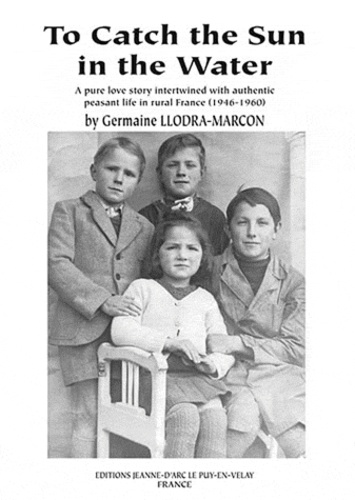
Critique littéraire
To catch the sun in the water
07/2001
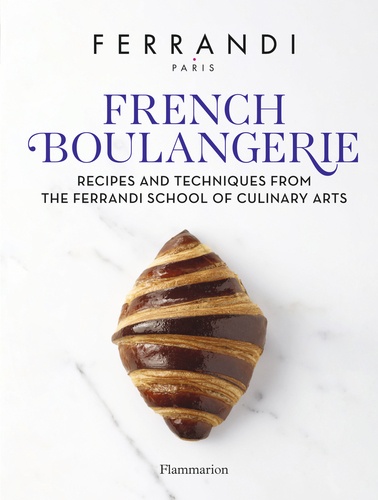
Cuisine des chefs
French Boulangerie. Recipes and techniques from the Ferrandi School of culinary arts
11/2023

Sciences de la terre et de la
A thin cosmic rain : particles from outer space
01/2000
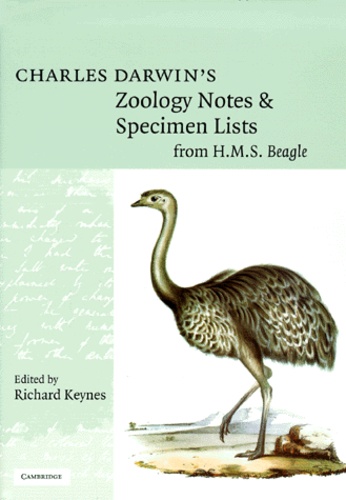
Histoire et Philosophiesophie
Charles Darwin's Zoology Notes & Specimen Lists from H.M.S. Beagle
01/2000
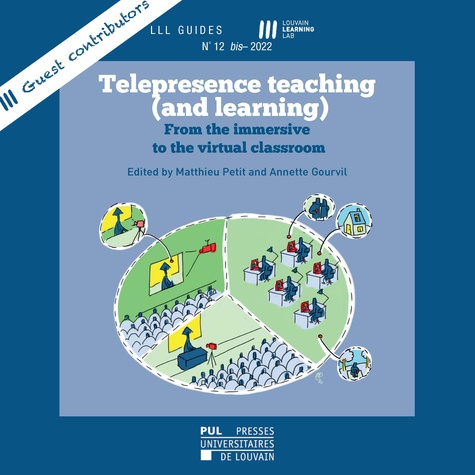
Sociologie
Cahiers du LLL n° 12 bis – Telepresence teaching (and learning). From the immersive to the virtual classroom
06/2022
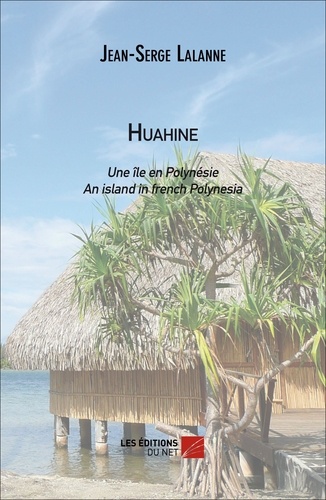
Géographie
HUAHINE : Une île en polynésie / An island in french Polynesia
04/2013
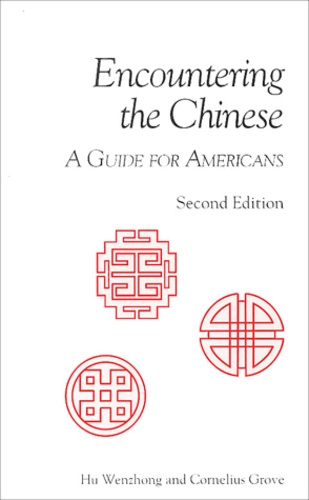
Anglais apprentissage
Encountering the Chinese. A Guide for Americans, Second Edition
01/1999
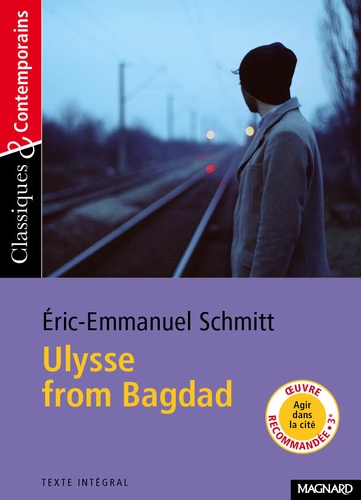
Petits classiques parascolaire
Ulysse from Bagdad
06/2017
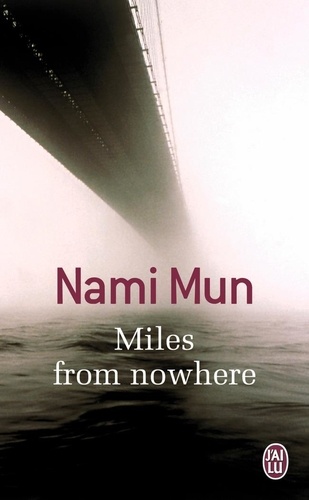
Poches Littérature internation
Miles from nowhere
07/2012
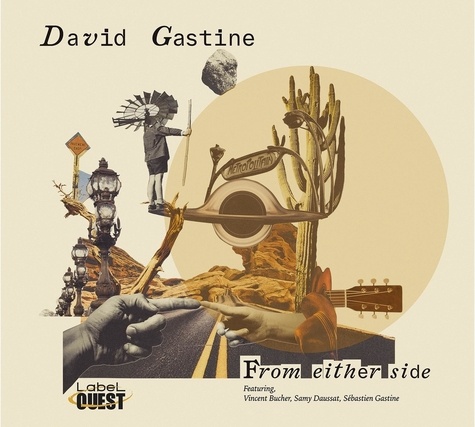
Musique
From Either Side
06/2022
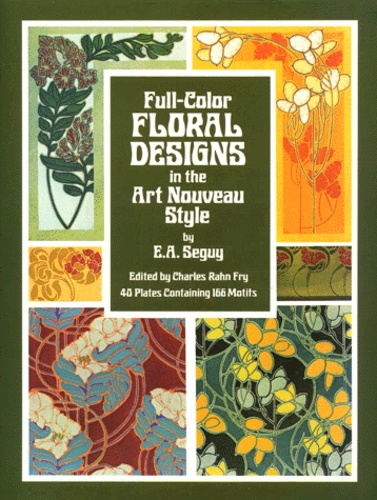
Décoration
Full-Color Floral Designs in the Art Nouveau Style
01/1977
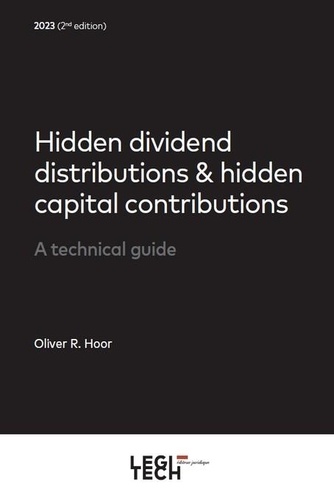
Droit international
Hidden dividend distributions & hidden capital contributions, 2e édition. A technical guide
01/2024
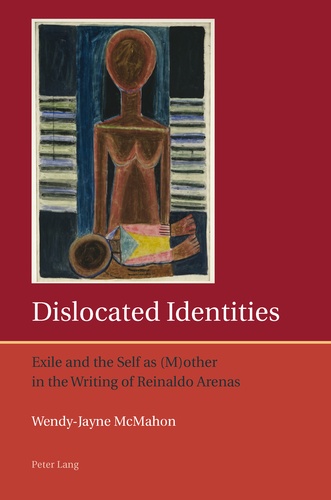
Non classé
Dislocated Identities
04/2012
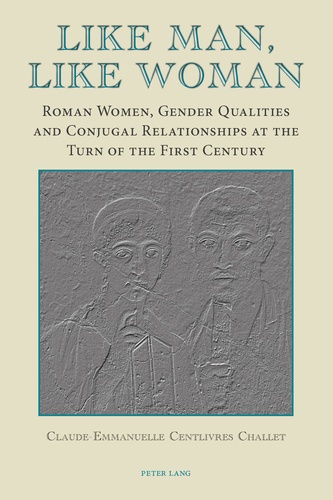
Religion
Like Man, Like Woman
07/2013
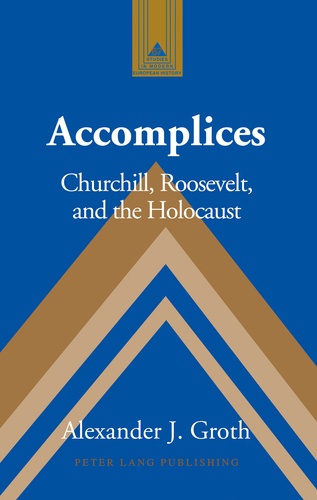
Histoire internationale
Accomplices
06/2011

Non classé
Beyond the Zeus Principle
05/1993

Histoire et Philosophiesophie
Thinking about Physics
01/2000
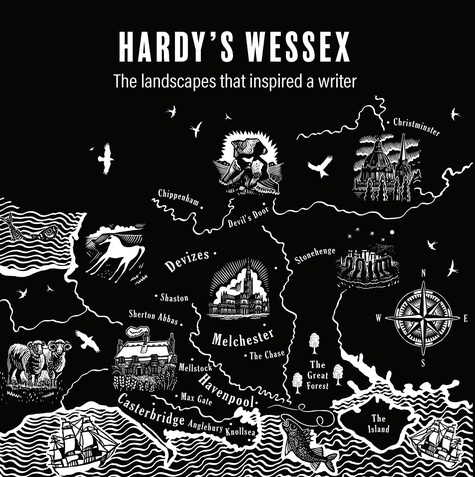
Monographies
Hardy's Wessex. The landscapes that inspired a writer
06/2022
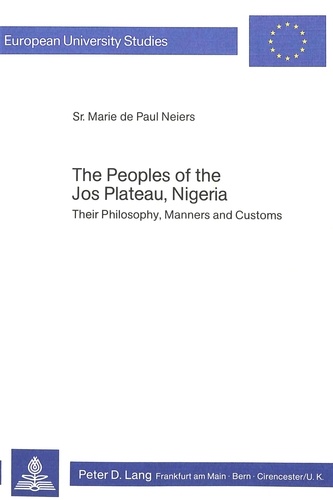
Non classé
The Peoples of the Jos Plateau, Nigeria
12/1979
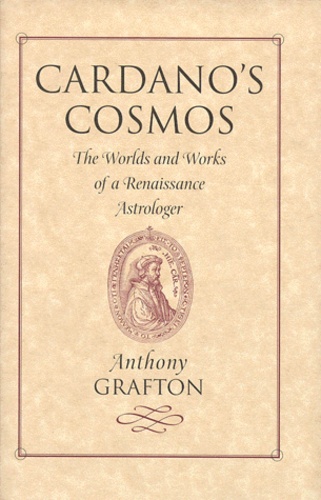
Sciences de la terre et de la
CARDANO'S COSMOS. The Worlds and Works of a Renaissance Astrologer
01/1999
